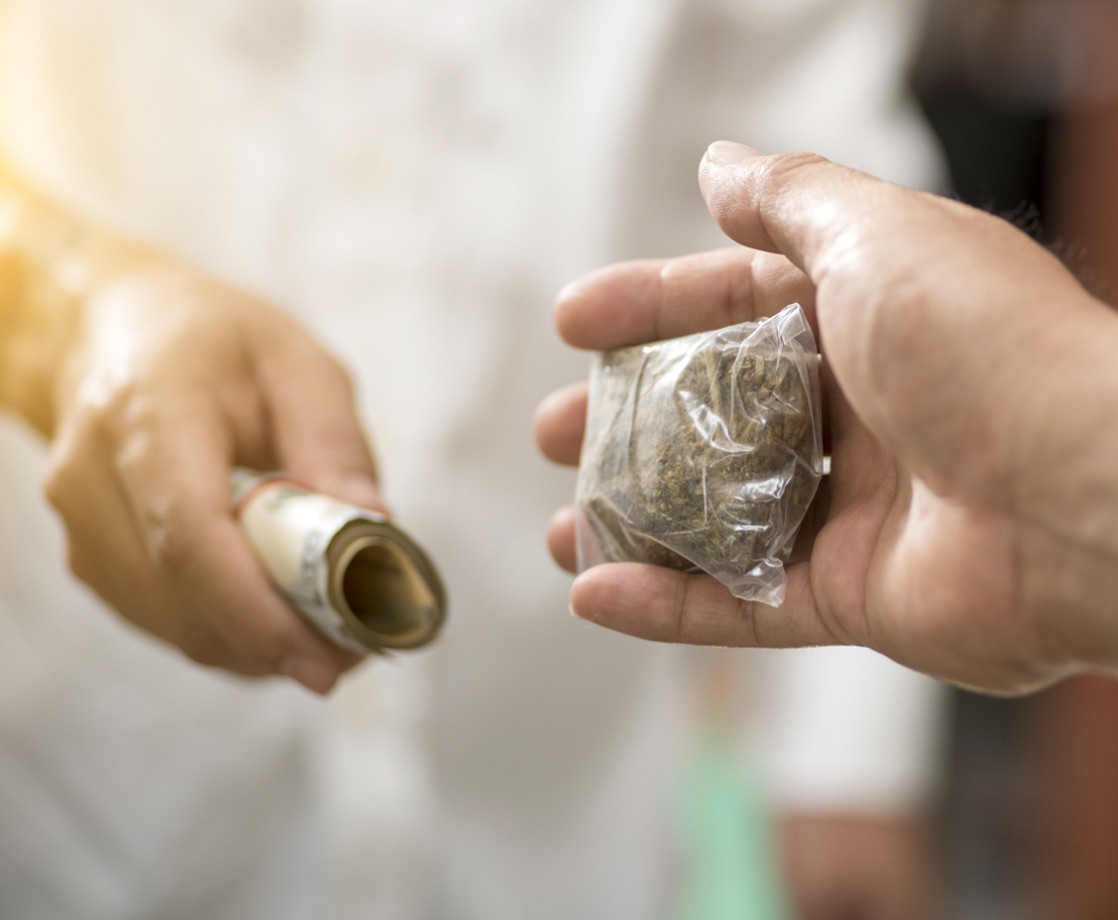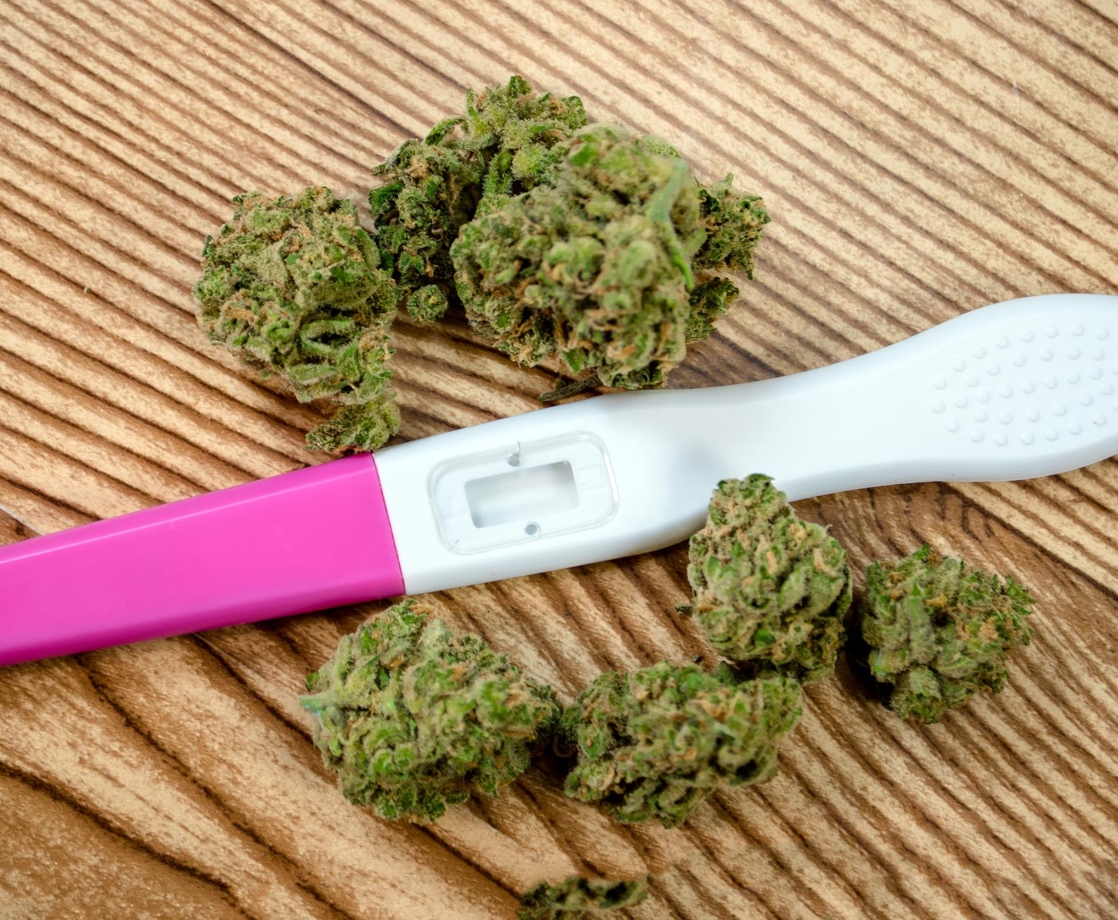Cannabis may be legal in California, but the illicit market for marijuana is still going strong.
While an 84 percent majority of Californians say they're satisfied with the legal market that first launched in January, according to a new survey from cannabis startup and delivery platform Eaze, nearly 20 percent have made purchases from an unlicensed canna-business in the past three months.
Granted, the legal market is a work in progress. The data indicates that consumers are frustrated with high taxes (47 percent), expensive products (32 percent), inability to use electronic payment methods (36 percent), lack of delivery options (22 percent), and long lines and dispensaries (20 percent).
It’s complaints like these which are arguably driving consumers back to the illicit market. For 85 percent of people who purchase cannabis from unlicensed sources, lower prices and no taxes are the top two factors behind their satisfaction. However, Eaze posed a question to survey respondents which points at how this could be changed: A five percent decrease in the overall cannabis tax rate in California would lead 23 percent of those surveyed to return to the legal market — a significant finding given that the Golden State’s tax revenue from legal ganja sales has been lower than originally projected. On the flip side, a five percent increase in the tax rate would drive 32 percent of survey participants to unpermitted sources for pot.
And that's a risk, since consumers who buy from unlicensed sources are, in fact, pretty satisfied: 84 percent of unlicensed business clientele surveyed say they're likely to go back to the same underground provider in the future.
When we talk about unlicensed cannabis businesses, however, we're not just talking about the old school dealer off the street. Many may appear to be regular pot shops, but either for lack of will or capability — including quandaries like zoning issues, sparse local cannabis regulations, or a given municipality's slow approach to handing out marijuana licenses — they continue to operate without legal permission.
"Anecdotally, we did ask as part of the survey how easy it is for consumers to identify a licensed business," says Peter Gigante, head of policy research at Eaze. "The response was that it's pretty easy, but when we looked at the verbatim answers they listed as to what the average person does to check, they're looking through websites that don't actually restrict advertising to licensed businesses. There's confusion in the marketplace."
The data itself comes from sample size of 1,750 consumers, primarily from California, drawn from a random pool including some Eaze customers.
Consumer inclination toward the illicit market isn't unique to California. In Colorado, Gigante points out, only five percent of consumers said they purchased from unlicensed sources, but 17 percent said they used a cannabis delivery service. However, since Colorado doesn't have legal cannabis delivery, it's easy to surmise that these 17 percent are also unwittingly turning to the black market.
Reducing unregulated marijuana sales is a matter of policy change, says Gigante: "There's an awareness that price is a big factor. We think it's very important to support licensed businesses, who have gone through all the hurdles to be compliant." The hope of such research is to shed light on what the state can do to help the world’s largest adult-use cannabis market survive. A simple tax reduction could make a big difference in attracting customers to the legal market — where they say they're more satisfied with benefits like product labeling (85 percent) and safety testing (75 percent). Afterall, 90 percent of California consumers say they're using cannabis as a wellness product. "They're looking for high quality products," adds Gigante.
The issue for many illicit cannabis business are the barriers to entry for getting licensed, says Josh Drayton, communication and outreach director for the California Cannabis Industry Association. "We haven't moved past the 35 percent of cities and counties with regulations, so 65 percent are not regulated," he says. "We also have tech platforms that are still advertising unregulated operators, so in some way, shape, or form, we need to create educational campaigns about why it's important for consumers to support regulated businesses, how it benefits their community, guarantees they're getting clean product, and tends to public safety and health."
Among licensed operators, especially dispensaries, there's concern over competition from unlicensed businesses. "This a marathon, not a sprint," says Drayton. "We have a responsibility to further legitimize the industry to support regulated businesses [and] work on solutions for minimizing the unregulated market and find pathways for folks to be able to enter the regulated market and come into compliance."
From the growers' perspective, the main threat comes not so much from unregulated operators, but from localities who are slow or reluctant to issue licensing, says Hezekiah Allen, executive director of the California Growers Association (CGA). "The places where people are purchasing from licensed business are places where there are licensed businesses, but most of California doesn't have licensed retailers," he says. "It's not the unregulated market that's the threat, so much as the failure to regulate."
A large segment of CGA's membership wants a permit, but can't get one, says Allen. "The vast majority of the unregulated in-state market are folks who would be happy to be regulated if they had the opportunity to be."
Check out Eaze’s full report, “The High Cost of Illegal Cannabis,” here.











